Filter by
You must be a CTBUH Member to view this resource.
Two World Trade Center
World Trade Center South Tower
Building
Demolished
10048
office
steel
415.1 m / 1,362 ft
110
99
8 m/s
Construction Start
Completed
Demolished
The Design Engineer is usually involved in the front end design, typically taking the leadership role in the Schematic Design and Design Development, and then a monitoring role through the CD and CA phases.
Other Consultant refers to other organizations which provided significant consultation services for a building project (e.g. wind consultants, environmental consultants, fire and life safety consultants, etc).
You must be a CTBUH Member to view this resource.
Usually involved in the front end design, with a "typical" condition being that of a leadership role through either Schematic Design or Design Development, and then a monitoring role through the CD and CA phases.
The Design Engineer is usually involved in the front end design, typically taking the leadership role in the Schematic Design and Design Development, and then a monitoring role through the CD and CA phases.
The main contractor is the supervisory contractor of all construction work on a project, management of sub-contractors and vendors, etc. May be referred to as "Construction Manager," however, for consistency CTBUH uses the term "Main Contractor" exclusively.
Other Consultant refers to other organizations which provided significant consultation services for a building project (e.g. wind consultants, environmental consultants, fire and life safety consultants, etc).
World Trade Center: One WTC Office Building Tour
28 October 2015 - Event
World Trade Center: Urban Domain Tour
28 October 2015 - Event

17 October 2016 | New York City
Structural & Geotechnic Engineering Q&A
Monday, October 17, 2016. Shenzhen, China. William O'Donnell, DeSimone Consulting Engineers; Dennis Poon, Thornton Tomasetti; SawTeen Seen, Leslie E. Robertson Associates, answer questions at the...

24 August 2015
World’s Highest Observation Decks
CTBUH Research
Perhaps no element of a tall building is more closely related to the pure pleasure of standing high in the sky and taking in the...

17 October 2016 | New York City
Structural & Geotechnic Engineering Q&A
Monday, October 17, 2016. Shenzhen, China. William O'Donnell, DeSimone Consulting Engineers; Dennis Poon, Thornton Tomasetti; SawTeen Seen, Leslie E. Robertson Associates, answer questions at the...
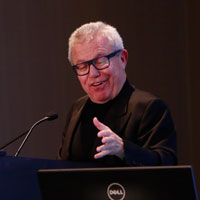
27 October 2015 | New York City
From New York to Busan: Reflecting Culture in Urban Design
Overpopulation, climate change, aging infrastructure: the threats facing tomorrow’s cities are, in many ways, design problems. The challenges of today’s world have to be solved...
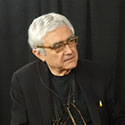
26 October 2015 | New York City
Rafael Viñoly of Rafael Viñoly Architects is interviewed by Chris Bentley during the 2015 CTBUH New York Conference at the Grand Hyatt New York. Rafael...

24 August 2015
World’s Highest Observation Decks
Perhaps no element of a tall building is more closely related to the pure pleasure of standing high in the sky and taking in the...
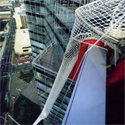
16 October 2005
Tall Building Emergency Evacuation: “Time To Think Differently”
This paper presents developments in the area of high-rise building emergency evacuation solutions, especially in three categories: Platform Devices; Chute Devices; and Controlled Descent Devices,...
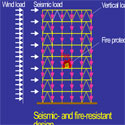
10 October 2004
A Study on the Collapse Control Design Method for High-rise Steel Buildings
This paper presents a new collapse control design method for high-rise steel building structures. The method presented here to prevent progressive collapse until the completion...

10 October 2004
Building and Fire Safety: Responding to the World Trade Center Disaster
In response to the terrorist attacks of September 11, 2001, the National Institute of Standards and Technology (NIST) initiated a formal federal building and fire...
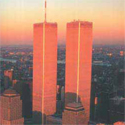
10 October 2004
What Could be the Correct Design Focus for the Supertall Buildings?
This paper is about the correct design focus/design approach for future tall buildings. Our quick answer to this question is “safety, safety, safety” because of...
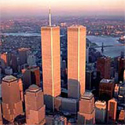
10 October 2004
WTC Towers: Innovative Design Features and Structural Modeling
The National Institute of Standards and Technology (NIST) is undertaking the federal building and fire safety investigation of the World Trade Center (WTC) disaster.
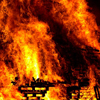
20 October 2003
This paper presents a theoretical investigation of the redundancy capacity of steel frames due to heat induced by fire and loss of column due to...
28 October 2015
CTBUH 2015 delegates toured One World Trade Center Office Building which is the current tallest building in the Americas.
28 October 2015
CTBUH 2015 delegates toured 30 Park Place which will house the Four Seasons Hotel and Private Residences Downtown New York.
Subscribe below to receive periodic updates from CTBUH on the latest Tall Building and Urban news and CTBUH initiatives, including our monthly newsletter. Fields with a red asterisk (*) next to them are required.
View our privacy policy